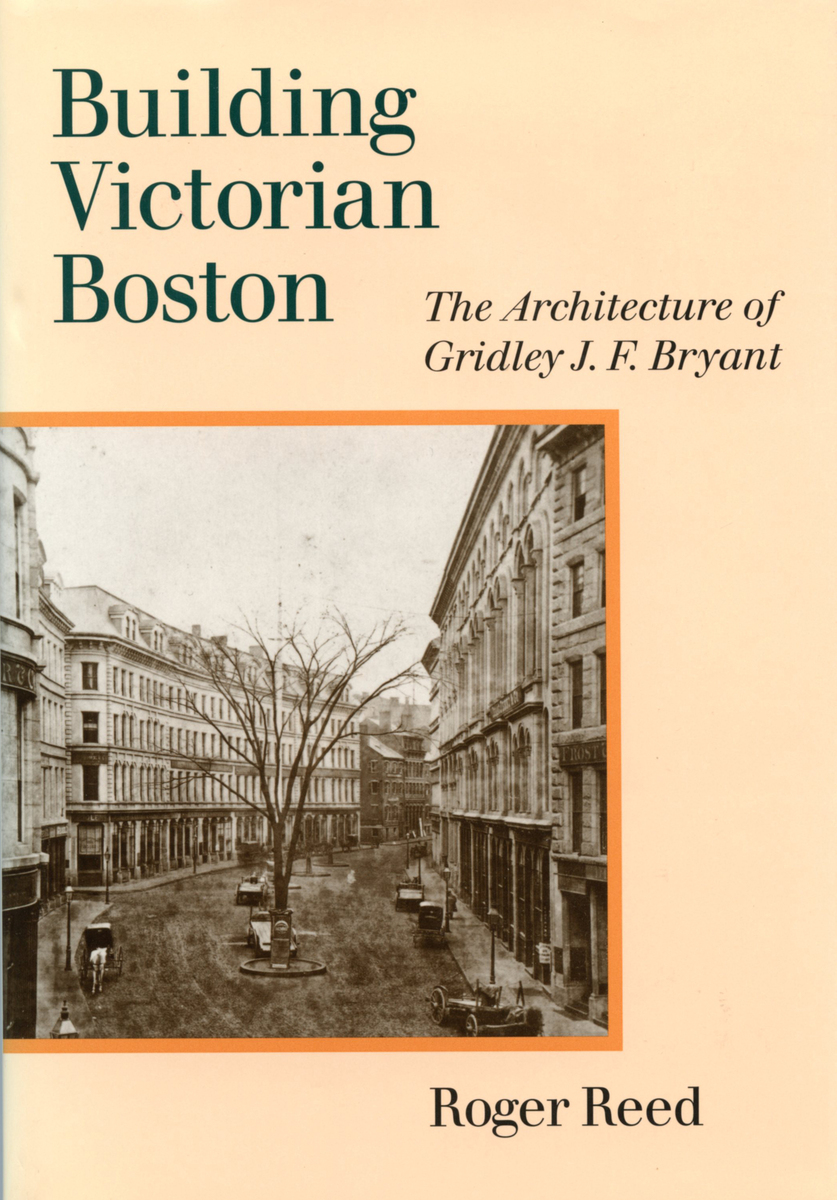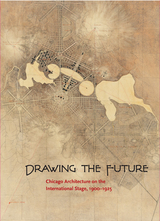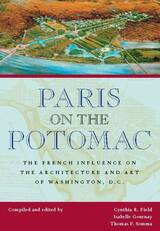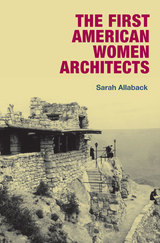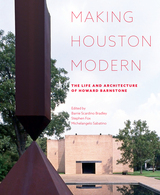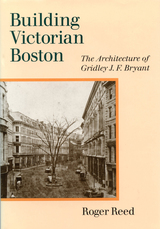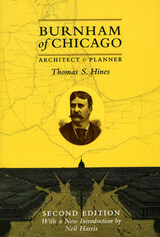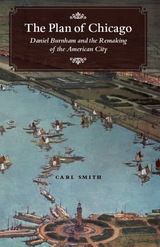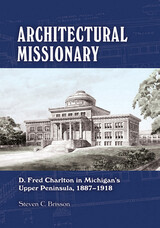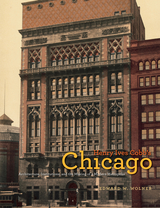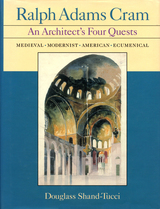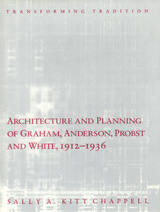Building Victorian Boston: The Architecture of Gridley J.F. Bryant
University of Massachusetts Press, 2006
Cloth: 978-1-55849-555-5 | eISBN: 978-1-61376-154-0
Library of Congress Classification NA737.B743R44 2007
Dewey Decimal Classification 720.92
Cloth: 978-1-55849-555-5 | eISBN: 978-1-61376-154-0
Library of Congress Classification NA737.B743R44 2007
Dewey Decimal Classification 720.92
ABOUT THIS BOOK | AUTHOR BIOGRAPHY | REVIEWS | TOC
ABOUT THIS BOOK
Much of Boston's rich heritage of Victorian buildings dates from the mid-nineteenth century when Gridley James Fox Bryant (1816–1899) dominated the profession of architecture in the city. At that time, Boston was undergoing a transformation from a quaint post-colonial town to a rapidly expanding Victorian metropolis. Bryant led this transformation, providing an important link between the earlier architecture of Charles Bulfinch and Alexander Parris and the later work of such practitioners as H. H. Richardson and Peabody & Stearns.
In Building Victorian Boston, Roger Reed focuses on representative projects by Bryant, presenting them in a chronological narrative that both illuminates the trajectory of his career and creates a portrait of the profession of architecture during a defining period of New England history. Bryant designed more major buildings in Boston from 1840 to 1880 than any other architect. He also undertook commissions throughout New
England, especially in towns linked to Boston by newly constructed railroad lines. In many ways, his practice presaged aspects of modern architectural firms. His ability to work with a variety of designers, his expertise in construction management, and his exceptional talent for self-promotion all contributed to his success. Although by the time of his death his work was no longer fashionable, newspaper accounts noted the passing of the "Famed Bostonian" and "Great Builder" whose career had had such a dramatic impact on the face of the city.
For this volume, Reed has tracked down hundreds of Bryant's drawings as well as specifications, letters, newspaper articles, published renderings, and historical photographs. These materials are amply represented in this book, the definitive study of a quintessential Victorian architect.
In Building Victorian Boston, Roger Reed focuses on representative projects by Bryant, presenting them in a chronological narrative that both illuminates the trajectory of his career and creates a portrait of the profession of architecture during a defining period of New England history. Bryant designed more major buildings in Boston from 1840 to 1880 than any other architect. He also undertook commissions throughout New
England, especially in towns linked to Boston by newly constructed railroad lines. In many ways, his practice presaged aspects of modern architectural firms. His ability to work with a variety of designers, his expertise in construction management, and his exceptional talent for self-promotion all contributed to his success. Although by the time of his death his work was no longer fashionable, newspaper accounts noted the passing of the "Famed Bostonian" and "Great Builder" whose career had had such a dramatic impact on the face of the city.
For this volume, Reed has tracked down hundreds of Bryant's drawings as well as specifications, letters, newspaper articles, published renderings, and historical photographs. These materials are amply represented in this book, the definitive study of a quintessential Victorian architect.
See other books on: Architects | Boston | Individual Architects & Firms | Modern (late 19th Century to 1945) | New England
See other titles from University of Massachusetts Press
